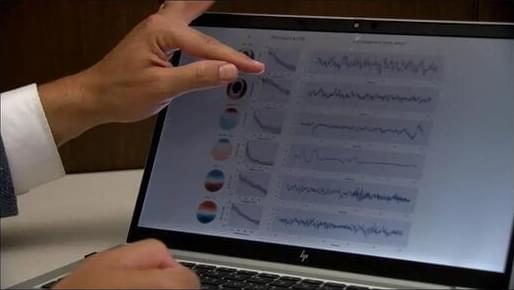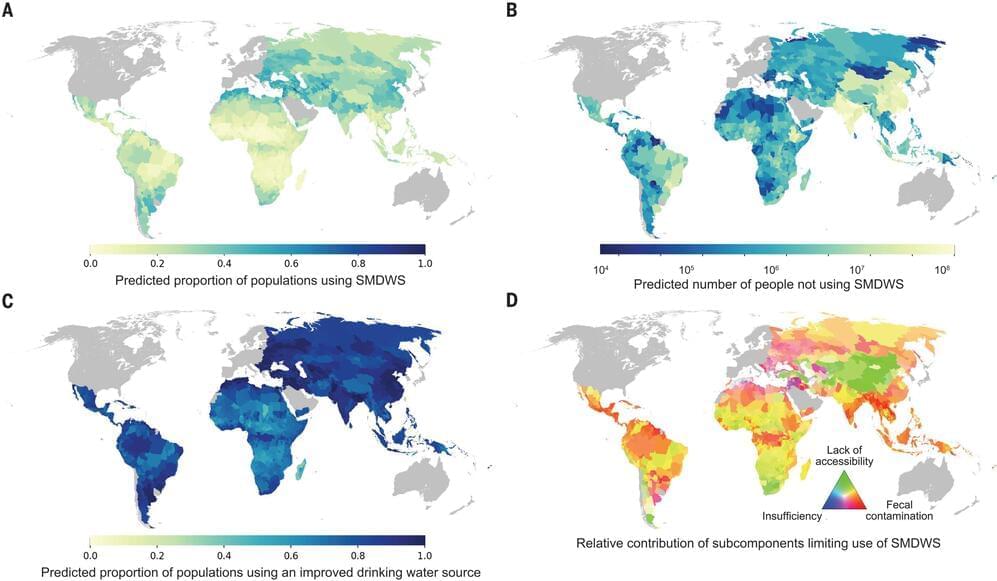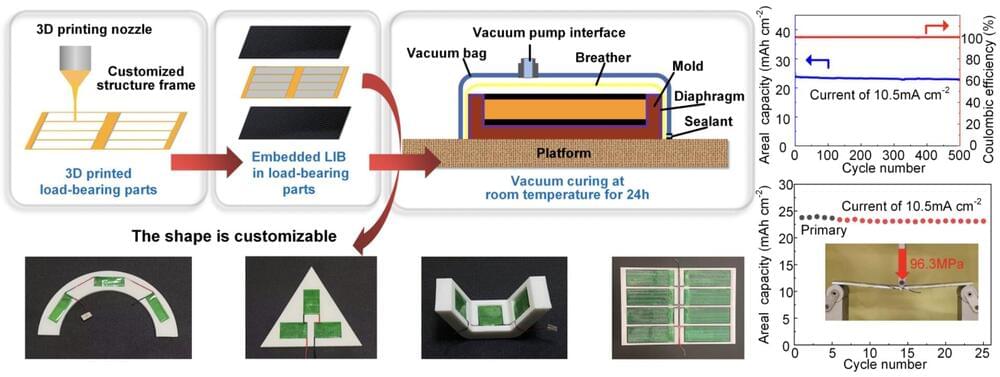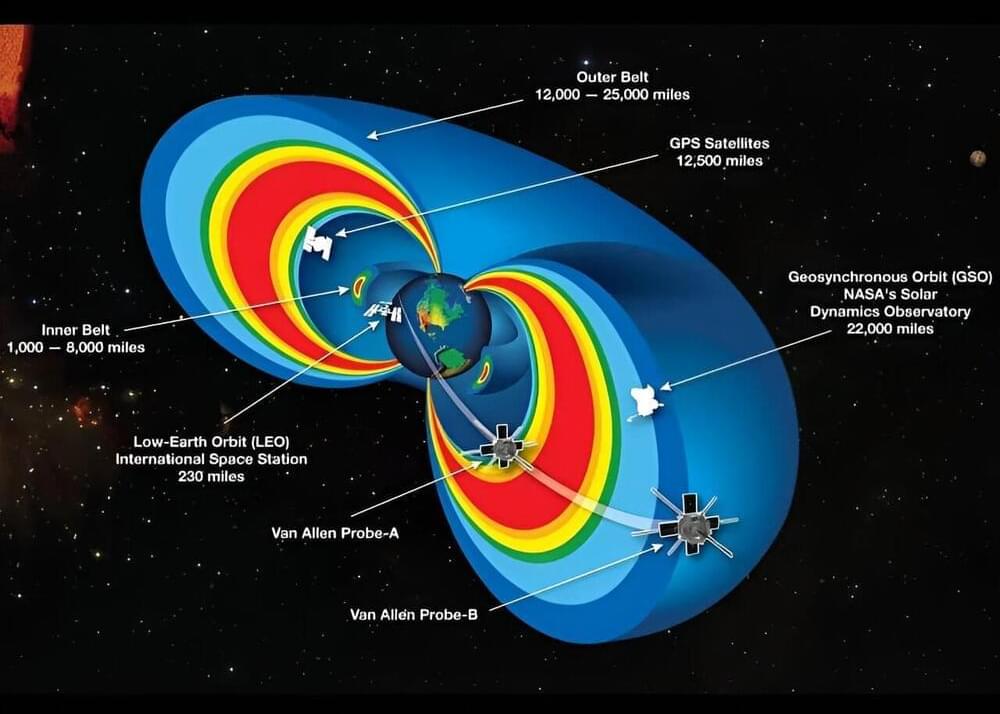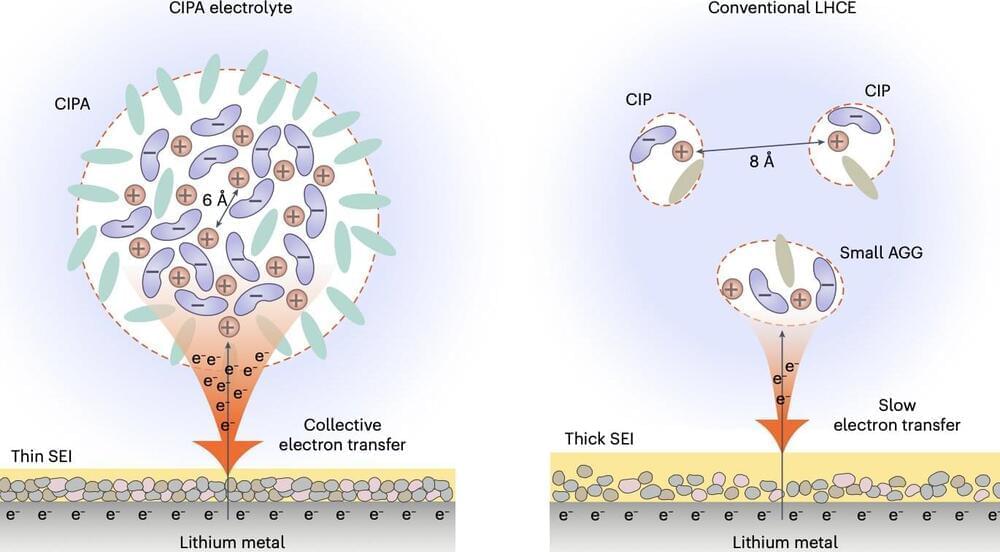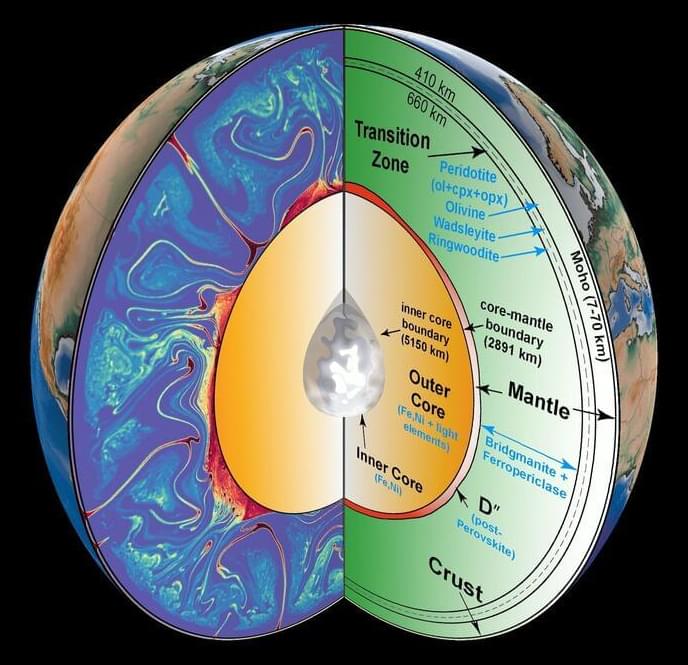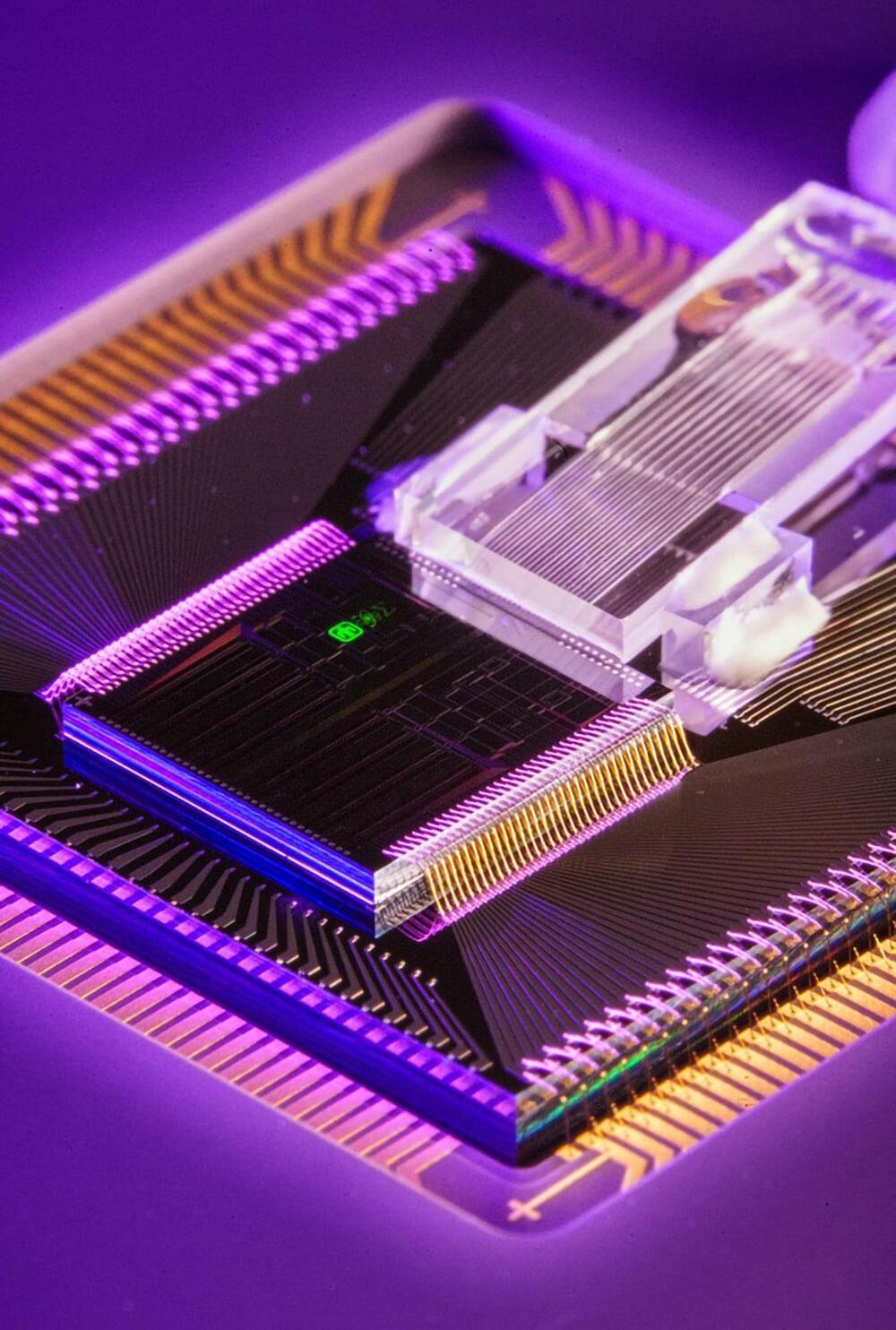Aug 19, 2024
AI boosts the power of EEGs, enabling neurologists to quickly, precisely pinpoint signs of dementia
Posted by Arthur Brown in categories: biotech/medical, health, robotics/AI
ROCHESTER, Minn. — Mayo Clinic scientists are using artificial intelligence (AI) and machine learning to analyze electroencephalogram (EEG) tests more quickly and precisely, enabling neurologists to find early signs of dementia among data that typically go unexamined.
The century-old EEG, during which a dozen or more electrodes are stuck to the scalp to monitor brain activity, is often used to detect epilepsy. Its results are interpreted by neurologists and other experts trained to spot patterns among the test’s squiggly waves.
